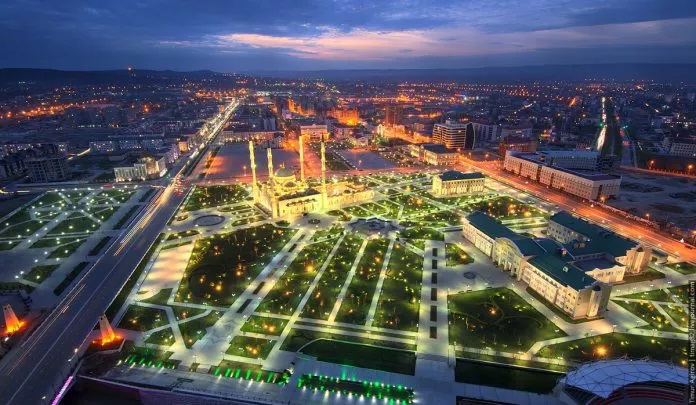Alternative energy is gaining momentum even in those countries that are very rich in fossil fuels. So, for example, in Iran, it is planned to introduce alternative technologies, or more precisely, the construction of powerful solar stations.
More and more technologies for generating energy from renewable sources are being introduced every day around the globe. The palm of the world championship in terms of the number of SES is Australia. Renewable energy accounts for 3 percent of the country’s total energy balance. Capacity building on a national scale occurs at about one gigawatts per year.
In terms of power in front of Australia is the UK. Here the total number of SES approaches 12 gigawatts. This figure is twice that in Australia.
 The data from the analysis of the world energy market confirm that RES in 2016 gave record growth rates of consumption. The percentage of energy derived from fossil fuels is steadily falling from year to year. This process on a global scale is very slow, but the dynamics are visible.
The data from the analysis of the world energy market confirm that RES in 2016 gave record growth rates of consumption. The percentage of energy derived from fossil fuels is steadily falling from year to year. This process on a global scale is very slow, but the dynamics are visible.
Consumption of renewable energy (with the exception of hydropower) for the year 2017 increased by 14 percent. In the oil equivalent, this figure is represented as 53 million tons of fuel. Wind energy occupies more than 50% in this rating, and solar energy – 1/3.
These indicators are the highest in the history of RES market analysis. It is worth noting that the growth rates for 2016-2017 still do not reach the average annual mark over the past decade. During the period 2005-2015, RES showed an average increase of 16 percent. The world energy market at this stage includes 3.2 percent of the energy from renewable sources.
But even the rapid growth of alternative energy does not overshadow the share of oil. For 2016, the use of oil per day increased by 1.6 million barrels. If compared with 2015, the increase in the share of oil is 1.6 percent. At the moment, the share of oil in world energy consumption is more than 33 percent.
Then in the list of the most popular energy carriers is coal. Although its share is slowly but surely falling, 28 percent of global energy consumption still remains for fossil fuels.

In the top three in 2016, Germany, China and the United States use alternative energy to meet the energy needs.
Germany in 2017 had energy consumption indicators of about 500 TWh. The country’s alternative energy supplies about 104 gigawatt hours of energy per year. That is, the indicators of consumption of renewable energy are almost 4,000 times less than the needs of the country. Assuming that with a stable increase in the share of renewable energy in the energy balance, this colossal difference by the end of the year will not be 4,000, but two, it will nevertheless become clear that alternative energy can not yet provide Germany with energy even partially.
Unlike Germany, Ukraine consumes about 130 TWh of energy per year. For example, the Dnepropetrovsk region has energy consumption indicators in the range of 27 TWh per year. These data were published last year.
If we compare the performance of our country with the German, it becomes clear that the “green” energy sector of Germany will be able to provide the Dnipropetrovsk region with energy only for a week. For Germany, this amount of energy, perhaps, would be enough for a day.
Alternative energy is now on the rise, but its growth rate should be increased more actively. Then for the whole world, the positive impact of this sphere of energy on the environment and on the wallets of citizens of developed countries would be noticeable.


